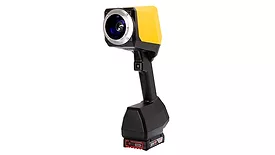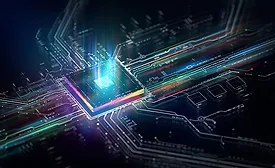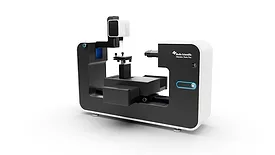Testing/Quality Control
New Research Investigates Innovative Possibilities for Process Monitoring of Sealants
Inline-capable measuring techniques should enable quality assurance of applied sealants in the future.
December 20, 2024
Keep the info flowing with our newsletters!
Get the latest industry updates tailored your way.
JOIN TODAY!Copyright ©2025. All Rights Reserved BNP Media.
Design, CMS, Hosting & Web Development :: ePublishing










